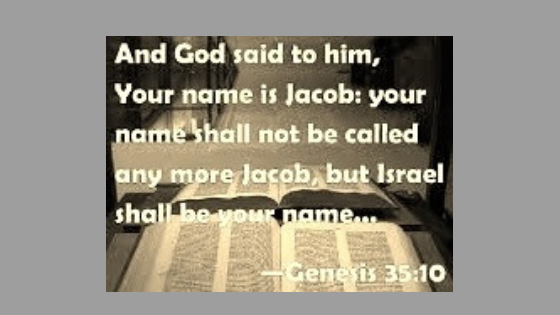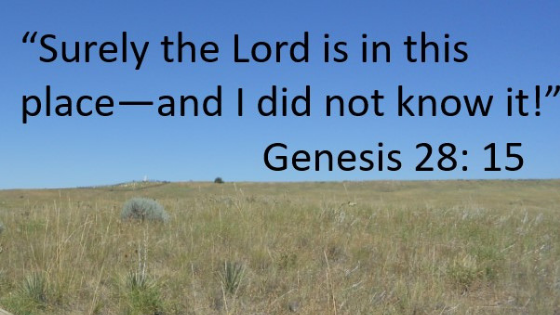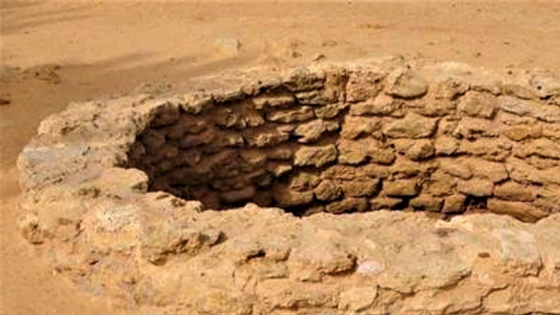Shabbat Table Talk
Parashat Naso—Erev Shabbat May 25, 2018
Week May 20-26, 2018
Torah portion: Numbers 4:21 – 7:89 Haftarah: Judges 13:2-25
 Parashat Naso is the longest parasha in Torah and the reading usually falls close to the celebration of receiving the Torah. The simple meaning of the verb naso is “to raise”, but the words “elevate” and “prince” stem from the same root in Hebrew; and appear several times throughout the parasha. The parasha begins with God instructing Moses to raise the heads within the Gershon and Marari clans, and count the men between the age of 30 and 50 who would be involved in transporting the Tabernacle; by doing so, each person in both clans was aware of their importance in their given task.
Parashat Naso is the longest parasha in Torah and the reading usually falls close to the celebration of receiving the Torah. The simple meaning of the verb naso is “to raise”, but the words “elevate” and “prince” stem from the same root in Hebrew; and appear several times throughout the parasha. The parasha begins with God instructing Moses to raise the heads within the Gershon and Marari clans, and count the men between the age of 30 and 50 who would be involved in transporting the Tabernacle; by doing so, each person in both clans was aware of their importance in their given task.
The 3rd line of the blessing with which Aaron and his sons are to bless the people is;” May God lift His countenance towards you and give you peace” and the priests hands are raised when pronouncing the Blessing.
We are aware of the economy of words in Torah, so when we come to the list of installation gifts for the alter; presented by the princes (men who have been elevated to the position of leadership within their clan), we realize there is something of import regarding the repetition that may at first elude us.
Following the anointing and consecration of the Tabernacle and all it contained, the princes brought their offering of oxen and carts, which was accepted by the Lord. However, when the princes approached to make their dedication offerings for the alter (of their own volition it seems) they were halted and God instructed Moses to have them present “one prince each day” on 12 successive days. The princes presented their identical 35 gifts in the divinely ordered manner in which the tribes encamped around the Tabernacle.
A Midrash tells that each gift symbolized something particular to that tribe; a personality or event in Jewish history, or a concept in Jewish faith or practice, or that to each tribe, they symbolized things relating to that tribes role, but that each tribe imbued their presentation with their individual essence.
The Lubavitcher Rebbe wrote that “an entire nation can do the very same deed down to the last detail and still imbue it with their uniquely personal input, each bringing to the experience the richness of their own creative souls.”
Each tribe’s gift, though identical, was given with their own unique motivation and sincerity, their own “intention of the heart” that was between God and them. The individual account of each tribe’s gift was a way of declaring their individual importance within the nation. By presenting in this manner, God ensured that each tribe was given special honour and cause for jealousy was avoided. Following the listing of the gifts from each tribe, they are expressed as a collective unified whole.
“Raise up the heads” also suggests the mind is to be elevated; bringing forward the understanding that while we are all to study Torah, the individual discoveries we uncover form part of the overall holiness of Torah and serve to unite us all. We each bring our own understanding based on our own life experience, so that each of us has our own personal contribution that raises up, enriches and enlarges the whole.
For Reflection and Discussion: [1] What consideration do I give in selecting and presenting a gift? [2] Is the most joy found in giving something that a person truly values to another they know will also treasure it?
Bibliography: JTS Hebrew-English Tanakh; Newman, (selected and edited by) in collaboration with Samuel Spitz); Num. 2:1-34 Plaut, The Torah: A Modern Commentary, (New York, 1981), Chabad – Ibid.,pp 453-454, Lubavitcher Rebbe, Midrash (Bamidbar Rabbah 13-14), Gal Einai – The Flow of Paradox.
~~~~~~~
This week’s teaching commentary was prepared by
Gwen-Ellen Dankewich, Winnipeg, Manitoba, Canada
Bat Kol alumna, 2008
E-mail address: gdankewich@gmail.com
[Copyright © 2018]
……………………………………………………
PLEASE NOTE: The weekly Parashah commentaries represent the research and creative thought of their authors, and are meant to stimulate deeper thinking about the meaning of the Scriptures. While they draw upon the study methods and sources employed by the Bat Kol Institute, the views and conclusions expressed in these commentaries are solely those of their authors, and do not necessarily represent the views of Bat Kol. The commentaries, along with all materials published on the Bat Kol website, are copyrighted by the writers, and are made available for personal and group study, and local church purposes. Permission needed for other purposes. Questions, comments and feedback are always welcome.
……………………………………………………..
Bat Kol Institute for Jewish Studies, Jerusalem
~~1983–2018~~
“Christians Studying the Bible within its Jewish milieu, using Jewish Sources.”
Website: www.batkol.info; Parashah Admin: gill@batkol.info



